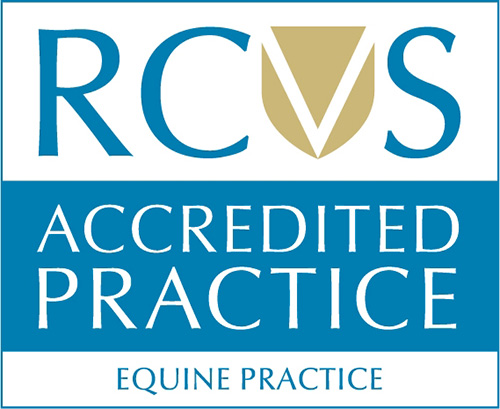Bandaging
When your horse is injured, a bandage may be needed to keep the wound clean, prevent movement, and apply pressure so that the wound can heal more quickly.
Large wounds and any wound over the knee, hock, or fetlock should be checked by your vet.
It is a good idea to make sure you always have an appropriate bandaging kit in your horse first aid kit.
You will need:
- Dressings – Melonin dressings are the most commonly used, these stop the wound sticking to the bandage material and absorb any discharge.
- Cushioning layer - Cotton wool, or a thin cotton wool like material such as Soffban/Orthoband.
- Pressure layer - Knitted bandage material such as knitfirm or coform.
- Holding layer - Vetwrap. Be careful never to apply this layer to bare skin or to apply it too tightly as it can become very tight.
- Adhesive bandage – such as e-band or Elastoplast. Can be useful to keep your bandage in place and stop shavings being caught in the top and bottom.
If you notice a small wound on your horse, the best course of action is to wash it thoroughly using either cooled boiled water or water from a hosepipe for at least 10 minutes. Allow the leg to dry and do not apply any wound powders or creams.
Check the wound carefully with clean hands and gloves to see how deep the wound is, if you feel the wound is deep or notice any pus or straw-coloured sticky fluid it is best to contact your vet to examine the wound. If your horse is very distressed by you examining the wound it is best to contact your vet so they can sedate them to assess and bandage the wound.
- Wearing gloves hold the dressing over the wound. Working from just below the nearest joint above the wound, wrap your cushioning layer around the leg so that each time you go round you overlap your cushioning material. When you reach just above the nearest joint below your wound work the cushioning layer back up the leg again. This layer does not need to be tight, but you may want a few layers of material to protect the wound.
- In the same way as you applied your cushioning layer apply your pressure layer, this layer should be tight to stop the bandage from slipping but you should still be able to fit your fingers in between the top of your bandage and your horse’s skin.
- Finally apply your holding layer over the top of your other layers leaving an inch of the other layers showing at the top and bottom of your bandage. You can cover these bits with e-band to stick the bandage to your horse.
Applying bandages to wounds over joints can be a bit more difficult. And wounds in these areas should be checked by your vet to ensure they don’t communicate with the joint.
For Knees - try to make a figure of 8 pattern with your bandaging material over the knee. Feel at the back of the knee near the top on the outside for a bone which sticks out a little. Bandages can rub on this area easily so when you have finished bandaging cut a little hole over this area to stop too much pressure.
For hocks - use a figure of 8 to cover the top and bottom of the hock joint but leaving the point of the hock unbandaged.
Bandages need to be changed every 2-3 days if they slip or if they become soiled. Most wounds only require a bandage until the dressings are coming off clean.
This articles also appears on our Horse Health Programme website:
https://www.horsehealthprogramme.co.uk
To view/download a copy of this information in PDF format, please click here.
-
Previous
-
Next

